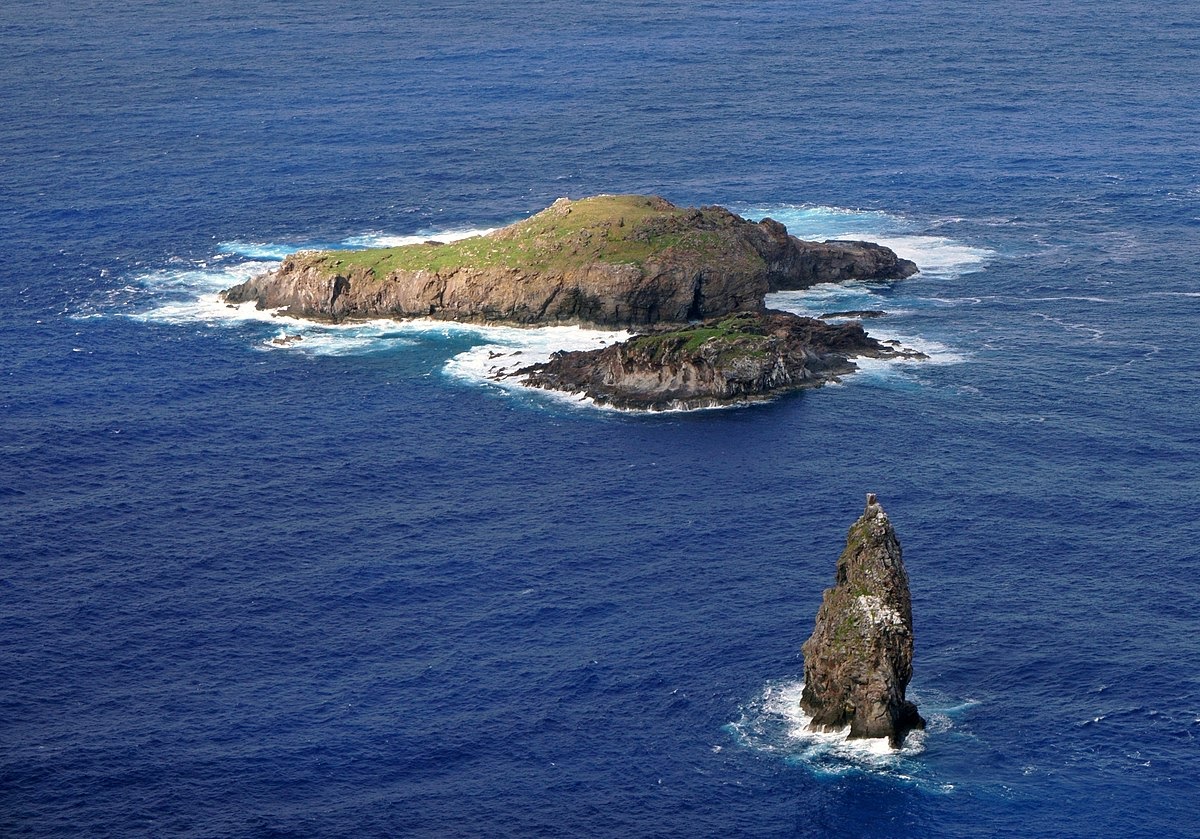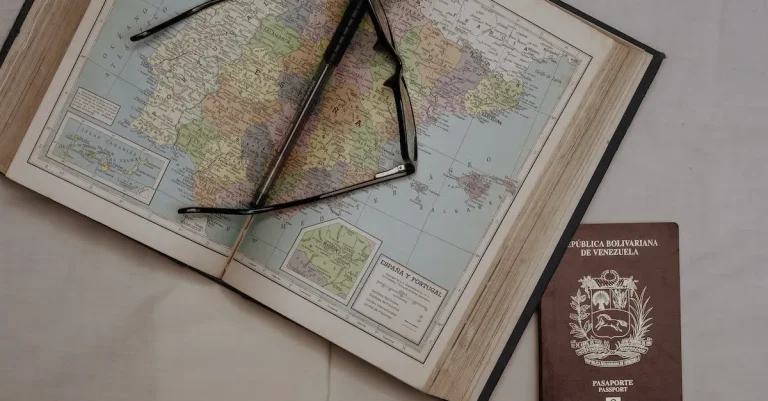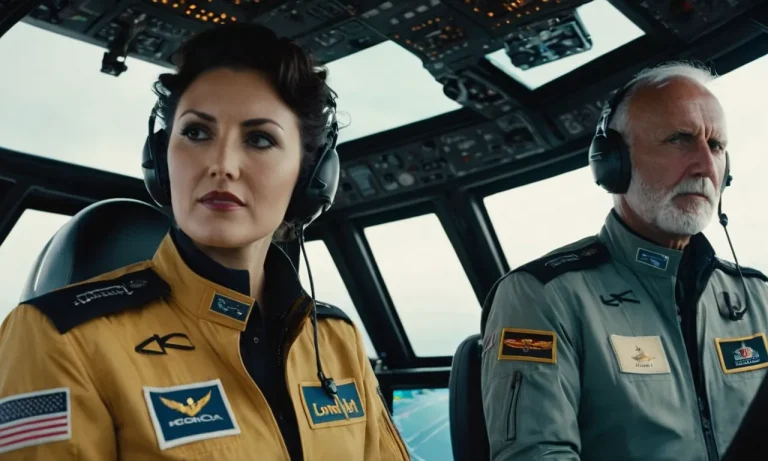For centuries, intrepid explorers have ventured across the world’s oceans to map its farthest shores and islands. But with satellite imagery and modern technology, have all the islands on Earth finally been discovered?
Here’s a quick answer: while the majority of the world’s islands are now known, some remote and inhospitable islands still remain undiscovered today.
In this comprehensive guide, we’ll look at the history of island exploration, from early Pacific voyages to today’s remote sensing technology.
We’ll also highlight the most likely places where undiscovered islands may yet exist, and discuss the allure these mysterious lands still hold.
A Brief History of Global Island Exploration
Throughout history, humans have been driven by a sense of curiosity to explore the unknown, and one of the most intriguing mysteries that has captivated explorers and adventurers for centuries is the existence of undiscovered islands.
These hidden gems, untouched by human presence, continue to ignite our imagination and fuel our desire to uncover the secrets of our planet.
Let’s take a journey through time and delve into the fascinating history of global island exploration.
Early Pacific voyages by Polynesian explorers
The ancient Polynesians were among the first to embark on daring voyages across the vast Pacific Ocean, navigating using only the stars, currents, and the flight patterns of birds.
Their incredible knowledge of the ocean and their exceptional navigational skills allowed them to discover and settle on countless islands throughout the Pacific, including Hawaii, Samoa, and Tahiti.
These early explorers were true pioneers, venturing into the unknown with nothing but their own ingenuity and determination.
European expedition era from 15th-18th centuries
The Age of Exploration, spanning from the 15th to the 18th centuries, marked a significant period in global island exploration. E
uropean explorers, driven by the desire to expand their empires and seek new trade routes, embarked on perilous journeys across the world’s oceans.
Prominent explorers such as Christopher Columbus, Ferdinand Magellan, and James Cook set sail in search of undiscovered lands, including islands that had yet to be charted on any map.
These brave explorers encountered numerous islands during their expeditions, some of which were previously unknown to the Western world.
The discovery of islands such as the Galapagos Islands, Easter Island, and the Falkland Islands opened up new possibilities for scientific study, colonization, and trade.
Modern island surveys and mapping technology
In the modern era, advancements in technology have revolutionized the way we explore and map the Earth’s surface.
Satellite imagery, sonar technology, and advanced mapping systems have allowed scientists and explorers to survey the world’s oceans with unprecedented accuracy.
These tools have enabled us to identify previously unknown islands, providing valuable insights into the biodiversity, geology, and ecology of these remote and untouched ecosystems.
One notable example is the discovery of Sandy Island in the South Pacific.
While the vast majority of the Earth’s landmass has been explored and mapped, there is still a sense of excitement and anticipation surrounding the possibility of discovering undiscovered islands.
With vast stretches of uncharted ocean depths still remaining, it is not inconceivable that there are still hidden islands waiting to be found.
Exploration is an inherent part of human nature, and the allure of undiscovered islands continues to inspire adventurers and scientists alike.
As technology advances and our understanding of the world expands, there is no doubt that the mysteries of our planet will continue to be unraveled, one island at a time.
Places Where Undiscovered Islands May Exist
Remote Arctic and Antarctic regions
The remote Arctic and Antarctic regions are known for their vast icy landscapes and harsh conditions. These areas continue to intrigue explorers and scientists alike, as they hold the potential for undiscovered islands.
The extreme cold temperatures, thick ice sheets, and unpredictable weather patterns make it challenging to explore every nook and cranny of these regions.
As a result, there could still be uncharted islands hiding beneath the ice or tucked away in remote corners of these polar regions.
Vast swaths of the Southern Ocean
The Southern Ocean, also known as the Antarctic Ocean, covers a massive expanse of water surrounding Antarctica.
This vast body of water remains largely unexplored, and there are likely islands waiting to be discovered within its depths.
The Southern Ocean’s remote location, challenging weather conditions, and persistent ice cover make it difficult for researchers to fully explore every inch of its surface.
Unsurveyed coasts of Greenland and northern Canada
The coasts of Greenland and northern Canada are vast and largely untouched by human presence. These regions are characterized by rugged landscapes, icy fjords, and remote islands.
Due to their isolated location and harsh weather conditions, large portions of these coasts remain unsurveyed.
It is worth noting that the coastline of Greenland is one of the longest in the world, stretching over 44,000 kilometers.
With such vast stretches of unexplored territory, it is highly likely that there are still undiscovered islands waiting to be revealed along these coasts.

Factors That Have Led to Continued Mysteries
Inhospitable landscapes and seas
One of the main reasons why there are still undiscovered islands is the presence of inhospitable landscapes and seas.
Many of these regions are characterized by harsh weather conditions, treacherous terrains, and unforgiving waters.
These challenging environments make it extremely difficult for explorers and researchers to venture into these areas and uncover any hidden land masses.
For example, the Arctic and Antarctic regions are known for their icy and remote conditions, making it nearly impossible for explorers to thoroughly explore every inch of these vast areas.
Furthermore, there are also regions with dense jungles, impenetrable forests, and steep mountains that pose significant challenges to those seeking to uncover hidden islands.
These landscapes often make it difficult to access certain areas, let alone conduct thorough surveys to identify any undiscovered land masses.
Despite these challenges, adventurous explorers and scientists continue to push the boundaries of human exploration, using innovative technologies and strategies to overcome these obstacles and unravel the mysteries of these inhospitable regions.
Limited historic access or incentive
Another factor contributing to the existence of undiscovered islands is the limited historic access or incentive to explore certain areas.
Throughout history, there have been regions that were simply not on the radar of explorers, either due to lack of knowledge about their existence or because there was no perceived value in venturing into those areas.
For instance, remote islands in the Pacific Ocean were often overlooked by early explorers as they focused on more lucrative trade routes or areas of strategic importance.
These islands remained hidden from the world until more recent times when advancements in navigation and technology made it easier to explore these distant corners of the Earth.
Additionally, some islands may have been overlooked due to their small size or lack of resources that would attract explorers.
It is only in recent years that the importance of preserving biodiversity and studying even the smallest ecosystems has gained recognition, leading to increased efforts to uncover these hidden gems.
Insufficient modern mapping and surveys
The lack of modern mapping and surveys is another significant factor that has contributed to the existence of undiscovered islands.
While technological advancements have allowed us to map and survey large portions of the Earth’s surface, there are still vast areas that remain unexplored or poorly documented.
In some cases, outdated or incomplete maps may not accurately represent the actual geography of certain regions, leading to the possibility of undiscovered islands being overlooked.
Furthermore, the use of satellite imagery and remote sensing technologies has its limitations, especially in areas with dense vegetation or cloud cover.
To address this issue, ongoing efforts are being made to improve mapping and surveying techniques, utilizing advanced technologies such as LiDAR (Light Detection and Ranging) to penetrate dense forests and accurately map previously uncharted territories.
These advancements will undoubtedly contribute to the discovery of more hidden islands in the future.
While the existence of undiscovered islands may seem like a relic of the past, the challenges posed by inhospitable landscapes, limited historic access or incentive, and insufficient modern mapping and surveys continue to fuel the mysteries that remain on our planet.
As technology and exploration techniques improve, it is only a matter of time before more of these hidden treasures are revealed, adding to the ever-evolving story of Earth’s vast and diverse landscapes.
The Allure of Earth’s Final Frontiers
The idea of undiscovered islands has long captivated our imagination and sense of adventure.
While most of the world has been meticulously explored and mapped, there are still hidden corners of the Earth that remain unvisited and uncharted.
These final frontiers hold an undeniable allure, promising the thrill of discovery, the excitement of the unknown, and the possibility of finding something truly remarkable.
Opportunities for new geographic discoveries
Despite the immense technological advancements of the modern era, it may come as a surprise that there are still undiscovered islands waiting to be found.
These hidden gems are often tucked away in remote corners of the world, far from the gaze of satellite imagery and conventional mapping techniques.
Explorers and adventurers continue to embark on expeditions, armed with the latest tools and technologies, in search of these elusive landmasses.
The potential for uncovering new geographic features and expanding our understanding of the world is a tantalizing prospect.
One example of an ongoing search for undiscovered islands is the Lost Islands of the Pacific project.
This ambitious endeavor aims to explore and document the Pacific Ocean’s uncharted territories, using state-of-the-art equipment and techniques.
By combining scientific knowledge with traditional navigation methods, the project hopes to discover new islands, further enriching our understanding of the Earth’s geography.
Adventure and exploration in remote settings
Undiscovered islands offer a unique opportunity for adventurers to step into the unknown and experience the thrill of exploration.
These remote settings often provide a sense of isolation and untouched beauty, far removed from the bustling cities and tourist hotspots.
The allure of venturing into uncharted territory, where few have set foot before, is a powerful draw for those seeking a true sense of adventure.
In 1947, Heyerdahl and his crew set sail from South America, hoping to prove that ancient civilizations could have made transoceanic voyages.
Their daring journey took them to the remote islands of the Pacific, where they encountered unexplored landscapes and encountered indigenous cultures. Their expedition not only captured the world’s attention but also showcased the thrill and excitement that comes with exploring undiscovered territories.
Insights into natural ecologies
Undiscovered islands offer a unique opportunity for scientists and researchers to study and document previously unknown natural ecologies.
These unexplored habitats hold the potential for discovering new species, understanding the intricacies of delicate ecosystems, and shedding light on the interconnectedness of life on our planet.
For example, the Galapagos Islands, while not undiscovered, have been a constant source of fascination for scientists due to their unique biodiversity.
Charles Darwin’s observations on these islands ultimately led to the development of his theory of evolution.
Similarly, as we continue to uncover new islands and their ecosystems, we may gain valuable insights into the processes of adaptation and evolution.
Undiscovered islands hold a certain mystique, promising the allure of adventure, the excitement of discovery, and the potential for scientific breakthroughs.
While the world may seem fully explored, these final frontiers remind us that there is still much to be discovered and understood about our planet.
Conclusion
While most of the world’s islands are now known and mapped, some isolated and difficult-to-reach islands remain undiscovered, especially in the planet’s farthest polar regions.
These mysterious lands continue to captivate adventurers and explorers, representing the last frontiers of geographic discovery on Earth.
Perhaps a handful of unspoiled islands still await, ready to challenge and inspire the next generation of intrepid island hunters.






